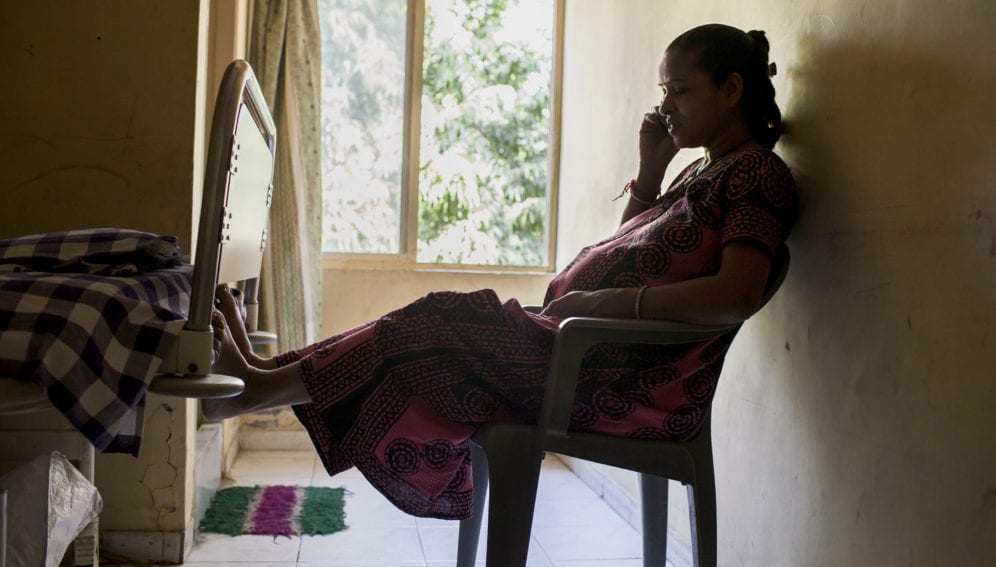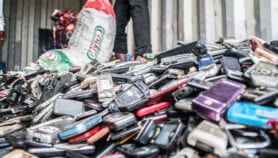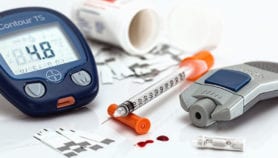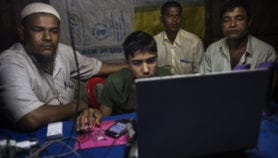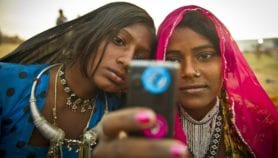By: Aisling Irwin
Send to a friend
The details you provide on this page will not be used to send unsolicited email, and will not be sold to a 3rd party. See privacy policy.
[LONDON] For people without mobile phones, living in a neighbourhood with high mobile phone ownership is more damaging to one’s health than in areas with lower ownership, as adaptive health policies tend to limit their access to medical services, a study claims.
Using rural Indian health data, Marco Haenssgen, a health systems researcher at Oxford University and author of the study, found that non-users of mobile phones who live in areas with high mobile ownership have a lower likelihood of accessing health services.
“Everyone is assuming that mobile phones are making the world better. My point isn't that they make the world worse… But that no one is questioning it”
Marco Haenssgen, Oxford University
Using data from the 2005 and 2012 rounds of the Indian Human Development Survey, he selected 12,000 households that had an illness in both years. In 2005, only three per cent of rural Indian households owned mobiles, but by 2012 it was 75 per cent. He then compared those without phones who live surrounded by people who have their own handheld gadgets to those without phones who live in areas with low mobile ownership.
Haenssgen found that in areas where only a quarter of the households owned phones, 70 per cent of those without these devices accessed a private doctor when they were sick. But in areas where three-quarters of the households had phones, this dropped to 65 per cent.
The association was more powerful when he considered only the very poor who had no phones. Their likelihood of accessing a private doctor dropped by ten per cent as phone ownership shot up around them, while phone-owners’ access increased by four per cent on average.
The correlation did not exist for accessing a public doctor, but may come as they copy the private sector, Haenssgen notes.
He says that private health services are adapting to depend on the fact that their patients own phones — leading to possible discrimination against non-users. He adds that families with phones often demand more from health services. They might call nurses, for example, or leapfrog clinic queues by making appointments beforehand. The study is due to be published in the journal World Development.
Haenssgen says mHealth (mobile health), which refers to mobile-device supported medical practice, has been swept up in an optimism that has left quantitative analysis behind. He calls for more research into its social impact.
“Everyone is assuming that mobile phones are making the world better,” Haenssgen says. “My point isn’t that they make the world worse… But that no one is questioning it.”
Murari Chowdhury, executive director of NEEDS, an NGO based in Deoghar in Jharkhand, India, says mobile phones are enhancing the efficiency of health workers. For example, they can now identify and track at-risk patients, instead of waiting for the patients themselves to access medical services.“I very much disagree with the data. Mobile technology is actually reducing the discrimination,” he says. NEEDS previously won awards for its mHealth projects.
Alain Labrique, founding director of the Johns Hopkins University Global mHealth Initiative, Baltimore, US, says, “There is a lot of data — including our own — showing rapidly decreasing 'digital divides'. Not having a phone is not, in my understanding of these observations, expressly causal of health disparities, and rather, more likely a proxy of poor socio-economic status.”
This piece was produced by SciDev.Net’s Asia & Pacific desk.


